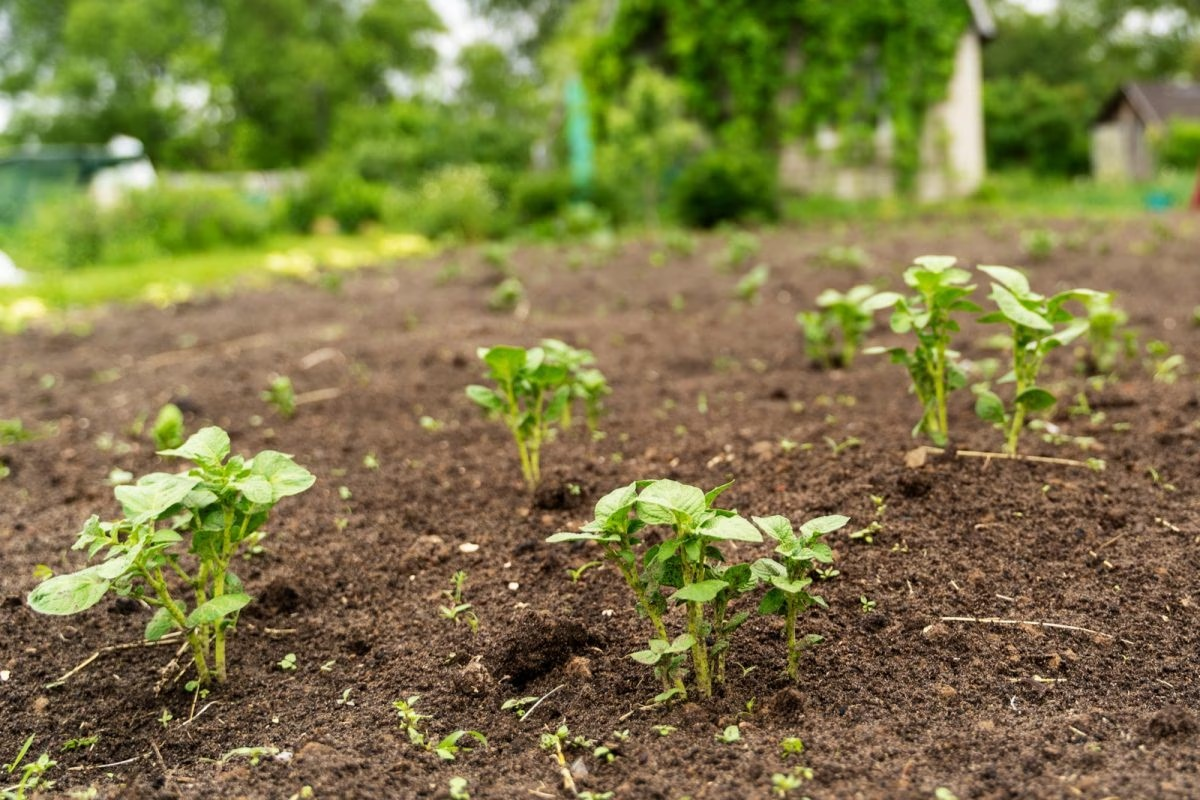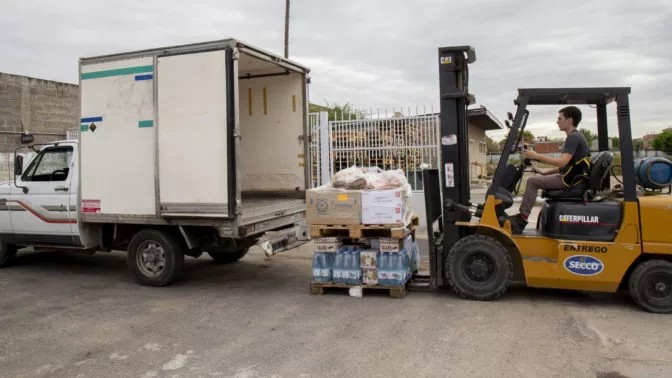How the producer economy is changing influencer marketing
Brands that become content producers have more flexibility, including how they negotiate relationships with influencers.
Influencer marketing is evolving into what's being called "the producer economy" consisting of content creators who seek to build their own media brands that are independent of social media platforms. This push for greater control over distribution also affects brands as they build their own media networks to engage consumers.
"The digital landscape is so messy and it's so hard to break through the noise," said Jennifer Smith, CMO of online video platform Brightcove. "The challenge for marketing is to think about two things: how to create content for that space, and then how do you distribute that content back to the right people?"
By taking full ownership of what they create, producers and brands can work on distributing long-form content resembling TV channels and shows. They can deliver higher-quality content that builds on subject matter expertise over time and prolong the exposure to their own media brands, according to Brightcove. But while the approach offers flexibility and greater creator control, it isn't without challenges. By ditching mainstream sites popular among consumers, creators and brands are gambling with the Wild West of independent platforms and may risk audiences passing them up for content already available on their preferred social apps.
Greater ownership
This next stage in the transformation of influencer marketing follows significant growth of content creators over the past few years. Brands' global spending on influencers was estimated to more than double from $6.5 billion in 2019 to $13.8 billion last year, according to data compiled by Statista. Amid this industry boom, content creators often face difficulties in determining their value in negotiating brand partnerships, especially as social media platforms can collect as much as 45% of creators' ad revenue, according to data provided by Brightcove. Creators and brands with their own channels on social platforms or video-sharing sites are at the mercy of recommendation algorithms that don't ensure organic reach. Their content can get lost amid the vast amounts of clutter, diminishing the return on investment.
"You can spend a lot of time creating all this very expensive, great content," Smith said. "You put it up on YouTube and your competitors are advertising against it, and it's the same with all these social media channels."
Faced with the clutter of videos across various websites, Smith said Brightcove customers are looking for greater ownership over content so they can wield greater control over video production and channel management.
"They're saying, 'how do I create a channel that keeps my audiences engaged, [but] not a website because they're hard to navigate?'"
Developing creator partnerships
As the creator economy is poised to evolve into a producer economy consisting of influencers and brands owning and managing their own media channels, their relationships are also likely to change. Marketers that are negotiating partnerships must not only consider their needs, but also the needs of the content creator, influencer or other potential brand partners, according to Brightcove.
"Marketers are thinking about this whether they're selling financial services or a piece of technology or a children's game," Smith said. "They're saying, 'how do we actually create content in a compelling way, and how do we put that count out in channels that we own?'"
There's more opportunity for flexibility among brands that build in-house content production teams, including how they negotiate influencer relationships. Whether they collaborate for a single campaign or for a longer-term marketing partnership, brands and influencers will need metrics to evaluate outcomes and inform future efforts.
"Between the one-off engagement and more of a longer-term contract, the challenge comes in understanding the return that it's getting you," Smith said. "Marketers are still behind when it comes to the analytics of understanding what it's delivering for us."
Authenticity and brand safety
The proliferation of user-generated content (UGC) on video-sharing and social media apps has led to greater public acceptance of online personalities who come across as more authentic and relatable. UGC makes up 39% of the weekly media hours for U.S. consumers, compared with 61% for traditional content, according to a Consumer Technology Association survey. Among teenagers, the time spent with UGC is close to overtaking traditional TV, the study found. However, that swelling popularity comes with brand safety concerns for advertisers whose marketing messages appear next to it or embedded within it.
"The producer economy is creating new opportunities for marketers as they step up and become producers themselves," Smith said. "Now that they are unleashed from the constraints of other publishers and even social sites, it gives marketers more control over their content."
Those controls include video with a clearer message and brand tie-in, along with data and analytics that offer a more transparent view of audiences. With videos posted on social media or other platforms, the information is aggregated and more anonymized, limiting the insights marketers can glean.
While brands can alleviate some issues through controlling their own media channel — whether it's a connected TV (CTV) app or other method of distributing video — they no longer have the ability to outsource production, content management or influencer recruiting, forcing them to become jacks-of-all-trades. Building that in-house expertise on a range of tasks can take significant time, money and experimentation.
It's a delicate balance between producing content that conveys a desired message and doing so in a way that gels with the less-polished style of content that's currently in vogue. Brands and creators that experiment in this space early on and navigate hiccups may help to steer the influencer marketing industry at large.




Comments